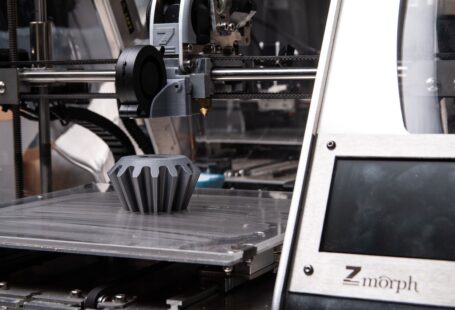The rapidly growing popularity of 3D printing has made it necessary to find ways to store the materials used in the process. With the many different types of 3D printing materials available, the task of finding the right storage solution can be daunting. To make sure your 3D printing materials are kept in the best possible condition, there are some best practices to follow when storing 3D printing materials.
Temperature Stability
Temperature is the most important factor to consider when storing 3D printing materials. Most materials will degrade if stored in extreme temperatures, so it is important to find a storage solution that is temperature controlled. Storing materials in a room that is too hot or too cold can cause them to become brittle, warped, and in some cases, unusable. The ideal temperature for storing 3D printing materials is between 15-25°C (59-77°F).
Humidity Control
The humidity level of a storage area is also important to consider when storing 3D printing materials. Materials that are stored in areas with high humidity levels can become damp, which can lead to warping and discoloration. It is best to store 3D printing materials in a space with a humidity level of 45-55%.
Light Exposure
Light exposure should also be taken into consideration when storing 3D printing materials. Ultraviolet light can cause materials to fade and degrade over time, so it is important to store materials in a dark area. If possible, it is best to store 3D printing materials in a space that is light-proof.
Organizing Materials
Organizing materials is another key factor when storing 3D printing materials. It is important to keep materials in their original packaging and clearly label each material. This will help to prevent confusion and make it easier to find the material you are looking for. It is also important to keep materials in a dust-free environment, as dust can cause materials to clump together and become unusable.
Secure Storage
Finally, it is important to make sure that the storage solution you choose is secure. Storing 3D printing materials in an area that is not secure can lead to theft or damage. If possible, it is best to invest in a secure storage solution to ensure that your materials remain safe and intact.
In conclusion, storing 3D printing materials requires careful consideration. Taking the time to find the right storage solution can help ensure that your materials remain in the best possible condition. Temperature, humidity, light exposure, organization, and security are all important factors to consider when storing 3D printing materials. By following these best practices, you can ensure that your materials remain safe and in peak condition.





